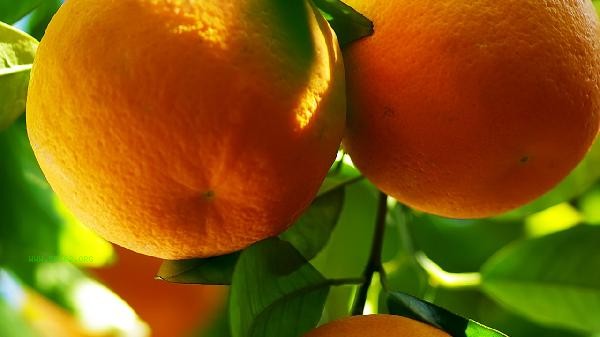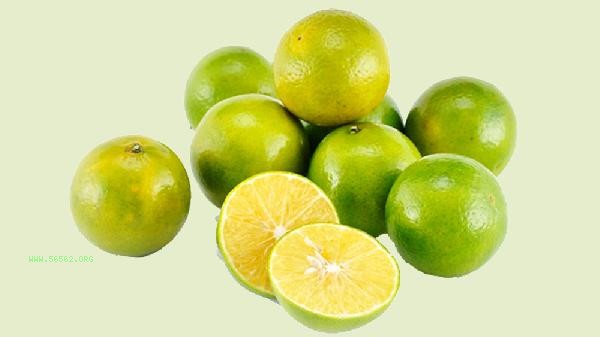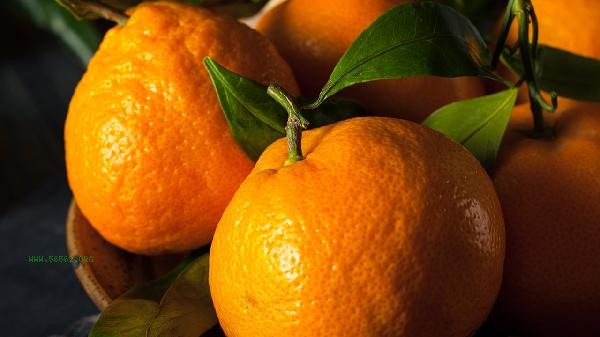The selection of sweet oranges mainly depends on characteristics such as skin color, stem condition, fruit elasticity, and aroma.

1. Peel color
Oranges with high maturity exhibit orange yellow or dark orange skin, with uniform color and no green spots. Oranges with smooth skin and plump oil cells usually have a higher sugar content. Avoid choosing fruits with a bluish or partially white color, as these oranges may not be fully ripe or stored for too long.
2. Fruit Stem Status
Fresh sweet oranges have green and slightly sunken fruit stems, and dry, peeling or blackened fruit stems indicate longer harvesting time. Oranges with leaves can be observed for their leaf condition. The emerald green and crisp leaves represent a shorter picking time, but leaf color cannot be used as the main basis for judging sweetness.
3. Fruit Elasticity
Gently press the orange navel with your fingers. Fruits with moderate elasticity and slightly soft texture have good maturity and abundant juice in the flesh. If it is too hard, it may not be mature; if it is too soft, it may be too ripe or frostbite. Choosing oranges of the same size with a heavier texture usually results in a higher proportion of pulp.

4. Odor Characteristics
The orange is lightly sniffed near the nose, and fruits with a distinct fresh citrus aroma have a higher sweetness. The smell of alcohol or fermentation indicates that it has deteriorated, and the lack of aroma may indicate immaturity. Oranges stored outdoors in winter may lose their aroma due to low temperatures, and can be judged after being left at room temperature.
5. Variety Characteristics
Sugar oranges, honey oranges, and other varieties themselves have a higher sweetness, and navel oranges with obvious navel like depressions at the bottom are usually sweeter. When purchasing, it is important to confirm the variety name. The sugar to acid ratio of different varieties varies greatly to avoid misjudging high acid varieties as not sweet. When selecting, multiple characteristics can be combined to make a comprehensive judgment, and priority should be given to selecting products directly supplied from the current season's production area. Oranges are rich in vitamin C and dietary fiber, and consuming 1-2 per day can meet your needs. Excessive consumption may cause gastrointestinal discomfort. Store in a cool and ventilated place, and keep refrigerated for no more than two weeks. Diabetes patients need to control their intake. It is recommended to take them in batches and monitor the changes of blood sugar.









Comments (0)
Leave a Comment
No comments yet
Be the first to share your thoughts!